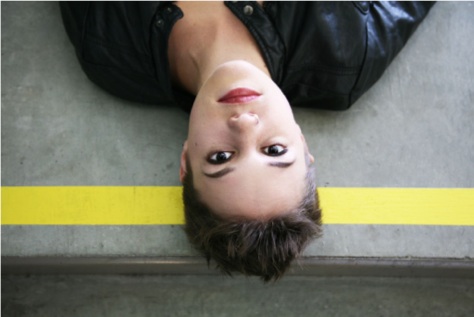
The idea of a “hypersuite” was conceptualized by cellist Darrett Adkins, a former teacher of mine. The notion stems from a bit of a historical anomaly – from 1721, when Bach finished writing his six cello suites, until the 20th century, there is no record of any music written for solo cello. It was not considered a self-contained instrument until years after a young Pablo Casals stumbled upon the Bach suites (at the time relegated to the category of “exercises” by most cellists). As Casals introduced the suites into the standard canon through his students, interest grew among contemporary composers regarding the possibilities of the cello as a solo instrument, thus instigating a surge in the repertoire. A great number of solo works for cello were therein created—each one of them, in their own ways, an homage to the genius of Bach. However, because the Bach suites were the last significant solo pieces for cello written by any composer for a span of some 200 years, it can be difficult to bridge the gap between the suites and contemporary cello works within a concert program. Adkins’ hypersuite emerged from this concern, resulting in him pairing the second Bach cello suite with various modern works interspersed between movements. The hypersuite serves to recontextualize contemporary pieces through the scope of Bach, while simultaneously providing new perspective on the suites through these modern day responses.
My hypersuite is clearly heavily indebted to Adkins’ initial creation. However, I believe his concept is one that gives way to a plethora of possibilities and interpretations by all cellists.